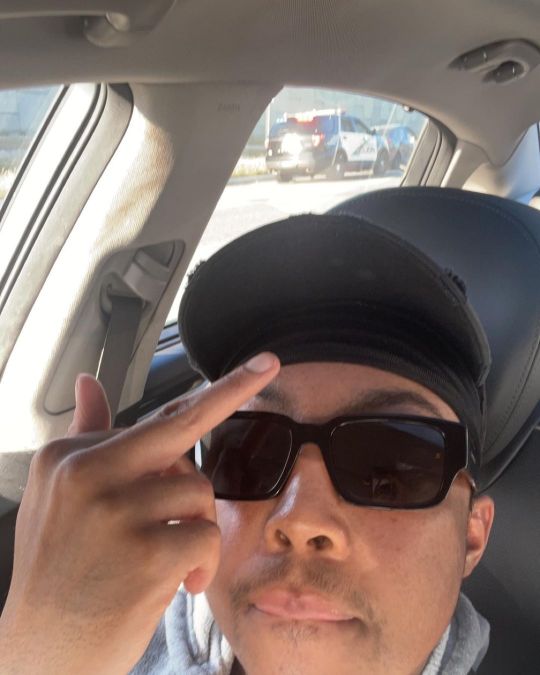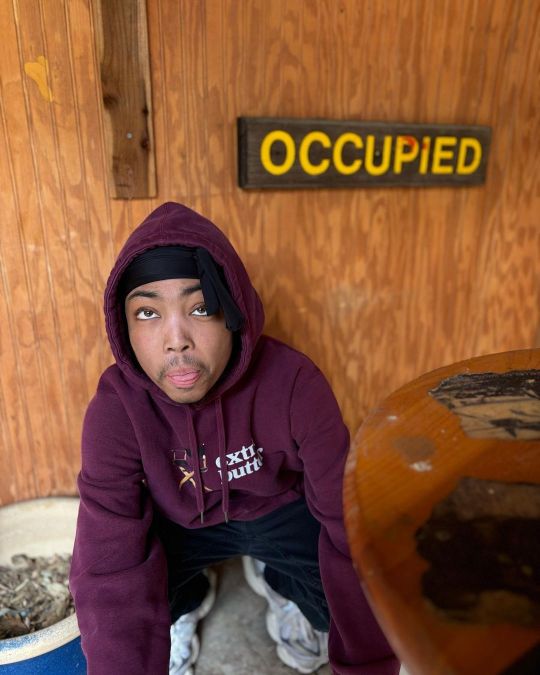#asante black
Photo

When They See Us: Part One
4 notes
·
View notes
Text

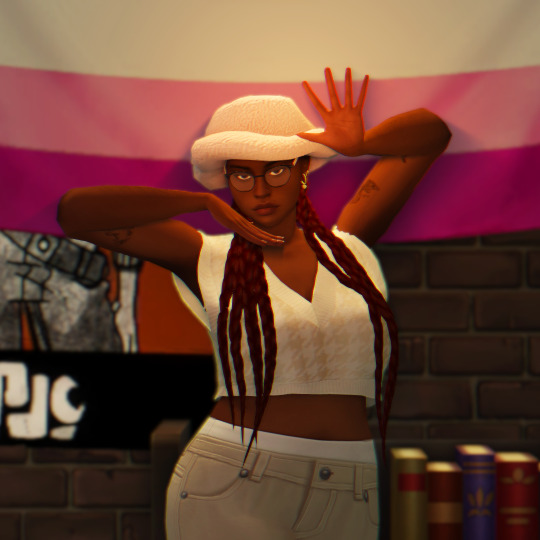

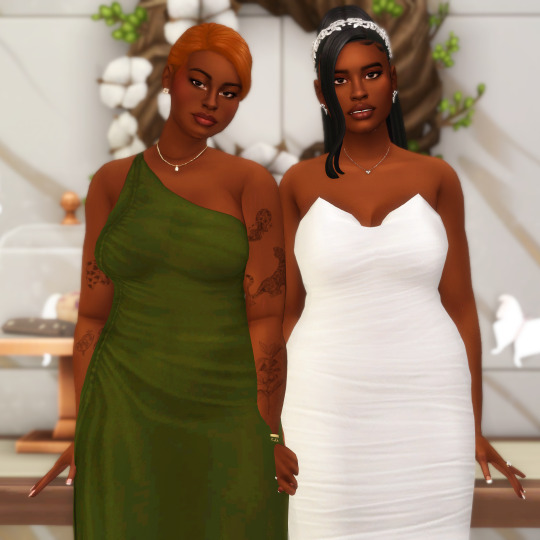


wifey - max's camera roll 1/? (2020-)
as wifey is quite a serious + dramatic story I never get to show u guys the lighter stuff like social media and cute memories! gonna start showing my oc's camera rolls and socials every so often cos it's fun !!!!!!
#max is like a dd/e bra cup btw (uk sizing ofc)#max is wearing a wig in the 3rd pic btw#misc: wifey#em: stories#ts4 storytelling#ts4 maxis mix#sims of color#lgbtq simblr#black simblr#sims community#*max kyle#*cleo asante#*jordan lewis
104 notes
·
View notes
Text

ʏɪʀᴇɴᴋʏɪ . ᴀꜱᴀɴᴛᴇ
www.yirenkyiart.com
540 notes
·
View notes
Text
31 notes
·
View notes
Photo



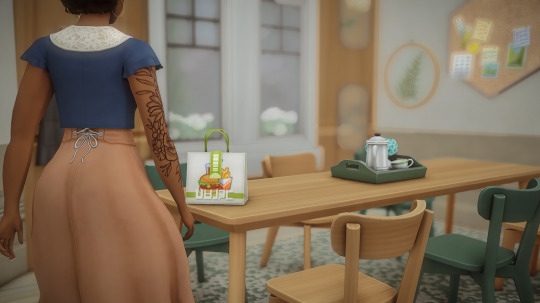

The kids brought home a friend after school, Khadijah. Geena did her due diligence in contacting the little girl’s parents, Kehlani and Kofi, to introduce herself. Sim kids just be wherever they want.
#simblr#sims 4#ts4#ts4 gameplay#black simblr#ts4 werewolves#sim: khadijah#sim: geena#sim: kori#kekoa save: sims 4#asante family :sims 4#running with wolves :sims 4#sim: kira
155 notes
·
View notes
Text

Anita Asante: the first female footballer of Ghanaian descent to win the Champions League.
#anita asante#lgbt#black lgbt#black queer notables#black queer firsts#queer soccer players#lesbians#black lesbians#queer athletes#black queer athletes
32 notes
·
View notes
Text
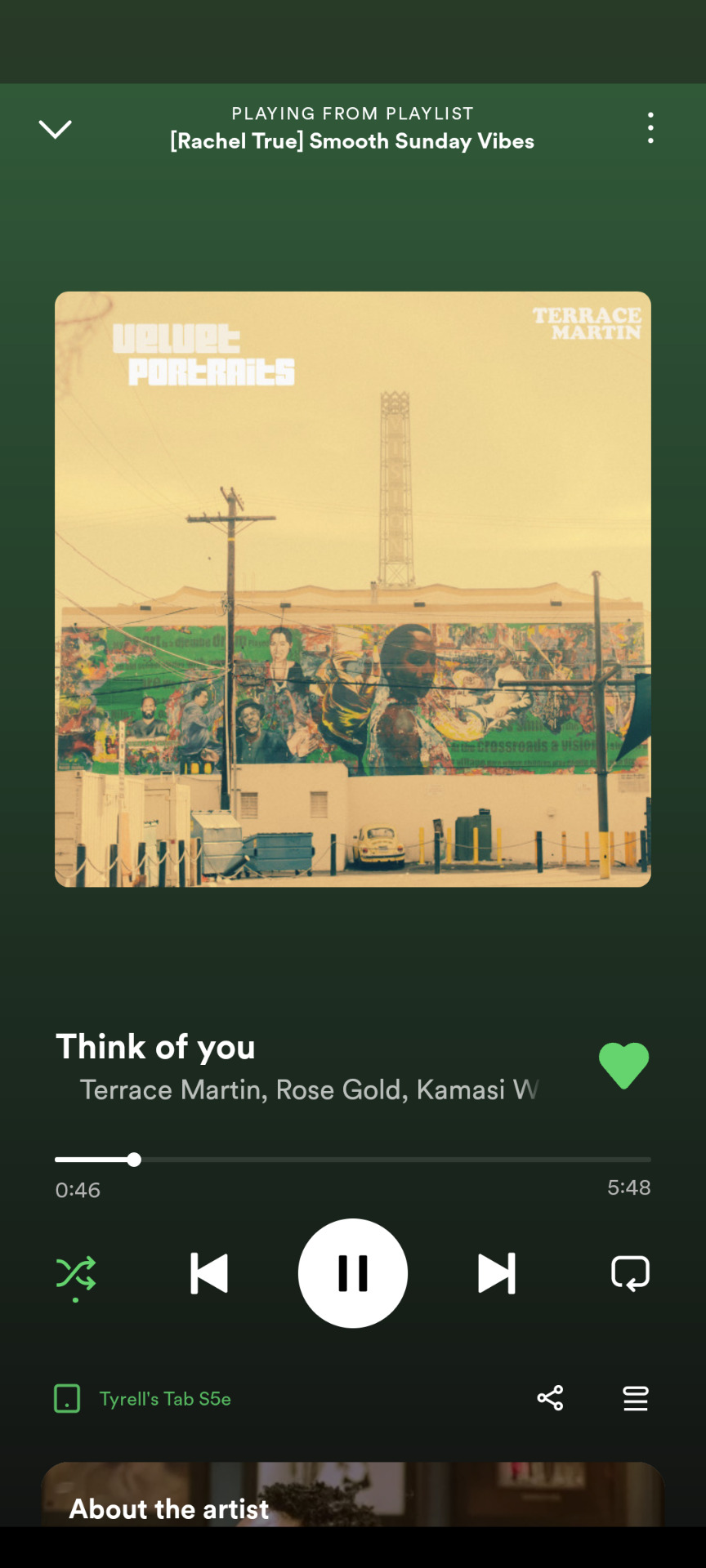

#think of you#terrace martin#kwaku asante#thinking of you#black music#jazz#nu jazz#r&b#smooth soul#hip hop
3 notes
·
View notes
Photo

Fred Wilson, Untitled (Akua'ba), 2010, cast and blown glass, 88" x 43" x 14-1/2" (223.5 cm x 109.2 cm x 36.8 cm), overall installed © Fred Wilson
Since 2001, Wilson has worked alongside prominent American glass blower Dante Marioni with whom he first explored the possibilities of black-colored glass. During this time, Wilson produced his first black glass drips. The reflective surface of the blown glass and the teardrop-like forms suggest liquids such as ink, oil, blood and tar, and are blown from red glass so dense that it appears black. Wilson has continued to make drip works including Untitled (Akua'ba) (2010), a multi-piece installation topped with a black-glass sculpture cast from a traditional ritual fertility doll of the Asante people in Ghana. The glass doll extends from the wall looking down on a series of black drips that appear to cascade towards the floor—a nod to the fecundity associated with the African doll and the spread of the notion of the “Global African.” As Wilson explains, “Since the late 20th century the concept of the color black has shifted. Africans and those of the African Diaspora have embodied the color and flipped the negative meaning on its head and now view it as a powerful symbol of solidarity, born of our shared history and culture. My works in black are a mixture of positive affirmation, with a clear-eyed understanding of the racist tropes of the past.”
#art#Fred Wilson#Akua'ba#glassmaking#installation#2010#2010s#Asante people#Ghana#Ghanaian culture#African Diaspora#black#solidarity#history#African-American history#American history#African history#racist tropes#African-American art#African-American artists#Pace Gallery
26 notes
·
View notes
Text
Reich of Love (2018)

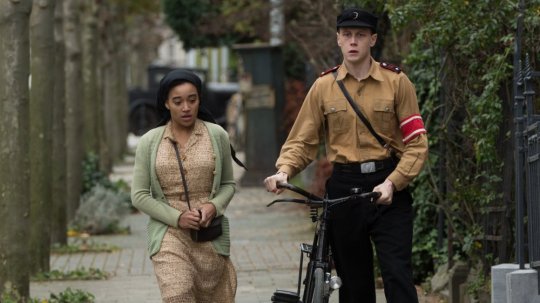
Movies about black Germans during the Holocaust should be made, the history and stories need to be told. What those movies don't need to be is a black German girl falling in love with a nazi.
I understand it probably happened. And that needs to be discussed also. Stockholm Syndrome is a term for a reason. The desire to be wanted and to be seen as the same or equal exists. But those stories need to be told as such, not in some secret glances, meeting in the woods romance.
If we're telling this story I need to understand why a BLACK girl would risk her life for nazi peen. They need to show me how no matter how hard her mother tries to explain or understand what her daughter is going through it's just not enough. I need to see Leyna's mother trying and failing to de-program the antisemitic & racist nationalist education and propaganda her daughter is being fed daily. I need to see what stereotypes the racist Germans are perpetuating on to her that she doesn't fit and her not understanding why they think that and why and how she tried not to enact. I need to see her looking at a National Geographic African photo spread and wondering if she's from them or comparing herself to them. (Negative & Positive). They need to show me the isolation of being the only black person. I need to see her watching other girls hang out laughing and smiling while she sits alone fantasizing about having friends. I need to see her liking a boy and maybe he likes her but his friends appear and he disses her and joins in on their racist taunts. I need to see her talking about Germany as a 'We' and a teacher saying she is not a German. I need to feel the loneliness of this black girl to understand why this nazi boy is the person for whom she finds herself pining.
And even still after seeing and feeling all that desperation, loneliness, isolation, and desire to belong I still don't want to see this Black girl and nazi boy relationship romanticized.
I also understand there were Germans who joined the nazi military as a means for survival and safety. Those stories should probably be told. But I DO NOT need them to be intertwined in a Black German during the holocaust romance story.
People, including her friend, are being killed in the streets and she's worried about some pink nazi peen. Not even in a "I need him to survive" way.
Amma Asante needs help.
#where hands touch#amma asante#amandla stenberg#abbie cornish#christopher eccleston#george mckay#holocaust#world war 2#germany#1940s Germany#romance#forbidden romance#forbidden love#white nonsense#black nonsense
16 notes
·
View notes
Text


Working on three paintings at the same time so here's a sketch dump of Ed Reed and more of my OGs because Go Birds tyvm
#drawing#sketchbook#sketch page#thumbnails#traditional art#black artist#black artists on tumblr#nfl#ed reed#baltimore ravens#terrell owens#brian westbrook#jeremiah trotter#asante samuel#philadephia eagles#sports art
1 note
·
View note
Link
Dr. Molefi Kete Asante, coined the term ‘Afrocentricity’ and is the author of 100 books dealing with African and African American History. He discusses with Michael Imhotep host of ‘The African History Network Show’, the controversy over the depiction of a melanated Queen Cleopatra VII. The documentary is part of the ‘African Queens’ series from Executive Producer Jada Pinkett Smith. It premiered on May 10th, 2023 on Netflix. REGISTER NOW: Did you miss Class Sat. 5-20-23, 2pm EST, ‘Ancient Kemet, Moors, Understanding The Trans-Atlantic Slave Trade’ 12 Wk Online Course? https://theafricanhistorynetwork.com Support The African History Network through Cash App @ https://cash.app/$TheAHNShow or PayPal @ [email protected] or http://www.PayPal.me/TheAHNShow .
0 notes
Text
Danlad Ibrahim, the goalie for Asante Kotoko, is a part of the Black Stars' preliminary squad.
Danlad Ibrahim, the goalie for Asante Kotoko, is a part of the Black Stars’ preliminary squad.
Before Ghana’s opening World Cup match on November 24 against Portugal, Otto Addo has named his 55-man provisional roster and is anticipated to cut the list to 26 players.
At the World Cup, Ghana is in Group H with South Korea, Portugal, and Uruguay.
On November 24, the Black Stars will play Portugal to open their World Cup campaign before playing Uruguay and South Korea, respectively.
Black…
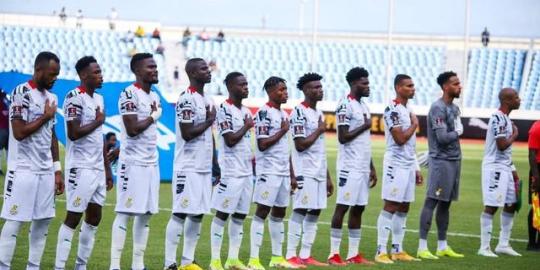
View On WordPress
0 notes
Text
women artists that you should know about!!
-Judith Leyster (Dutch, 1609-1660)
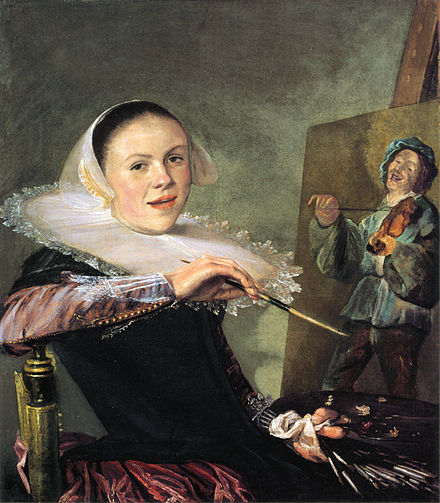
During her life her works were highly recognized, but she got forgotten after her death and rediscovered in the 19th century. In her paintings could be identified the acronym "JL", asually followed by a star, she was the first woman to be inserted in the Guild of St. Luke, the guild Haarlem's artists.
-Artemisia Gentileschi (Italian, 1593-1656)
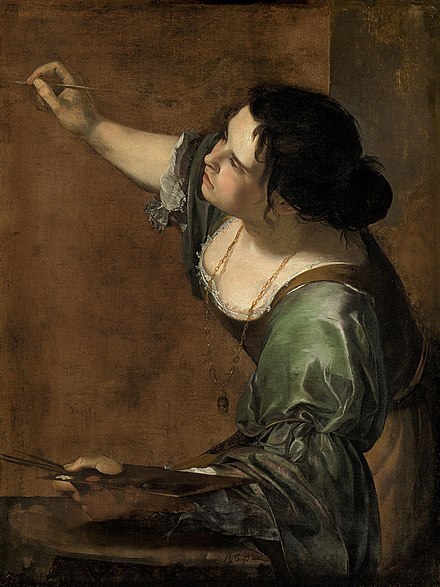
"... Si è talmente appraticata che posso osar de dire che hoggi non ci sia pare a lei, havendo fatto opere che forse i principali maestri di questa professione non arrivano al suo sapere". This is how the father Orazio talked about his nineteen year old daughter to the Medici's court in Florence.
In 1611, Artemisia got raped, and she had to Undergo a humiliating trial, just to marry so that she could "Restore one's reputation" , according to the morality of the time. Only after a few years Artemisia managed to regain her value, in Florence, in Rome, in Naples and even in England, her oldest surviving work is "Susanna and the elders".
-Elisabeth Louise Vigèe Le Brun (French, 1755-1842)
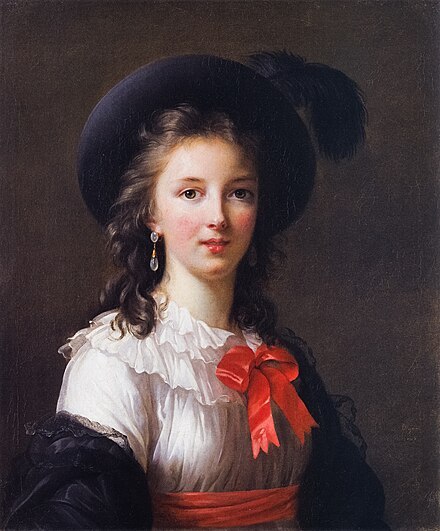
She was a potrait artists who created herself a name during the Ancien Règime, serving as the potrait painting of the Queen of France Marie Antoinette, she painted 600 portraits and 200 landscapes in the course of her life.
-Augusta Savage (Afro-American, 1892-1962)
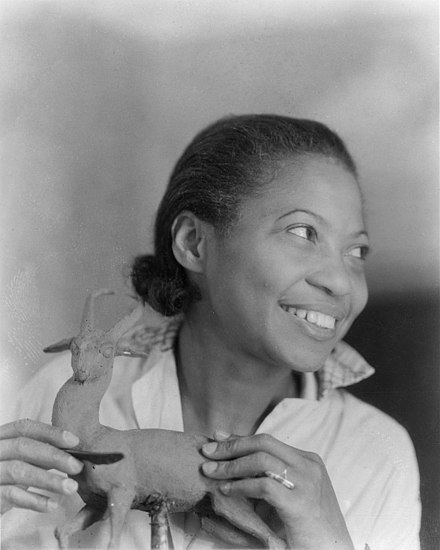
Augusta started making figures when she was a child, which most of them were small animals made out of red clay of her hometown, she kept model claying, and during 1919, at the Palm Beach County Fair, she won $25 prize and ribbon for most original exhibit. After completing her studies, Savage worked in Manhattan steam laundries to support her family along with herself. After a violent stalking made by Joe Gould that lasted for two decades, the stalker died in 1957 after getting lobotomized. In 2004, a public high school, Augusta Fells Savage Institute of Visual Arts, in Baltimore, opened.
-Marie Ellenrieder (German,1791-1863)
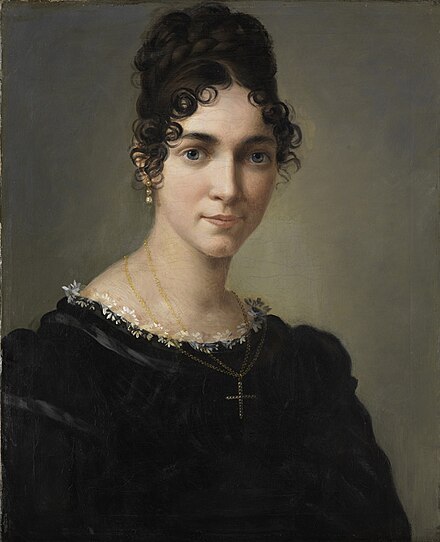
She was known for her portraits and religious paintings. During a two years long stay in Rome, she met some Nazarenes (group of early 19th century German romantic painters who wanted to revive spirituality in art),after becoming a student of Friedrich Overbeck and after being heavily influenced by a friend, she began painting religious image, getting heavily inspired by the Italian renaissance, more specifically by the artist Raphael. In 1829, she became a court painter to Grand Duchess Sophie of Baden.
-Berthe Marie Pauline Morisot (French,1841-1893)
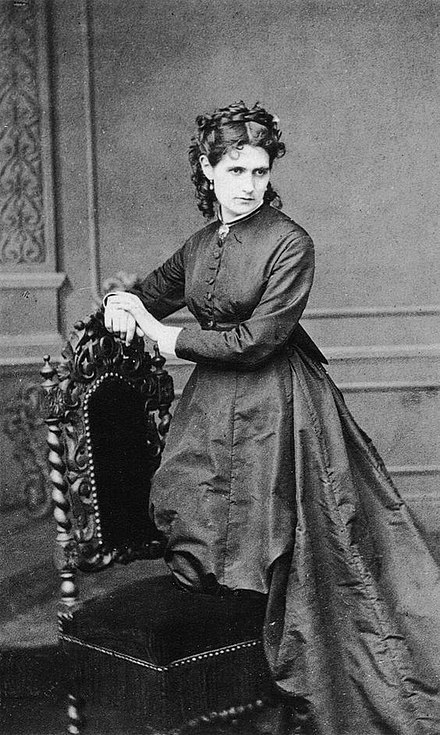
Morisot studied at the Louvre, where she met Edouard Manet, which became her friend and professor. During 1874 she participated at her first Impressionist exhibition, and in 1892 sets up her own solo exhibition.
-Edmonia Lewis or also called "wildfire" (mixed African-American and Native American 1844-1907)
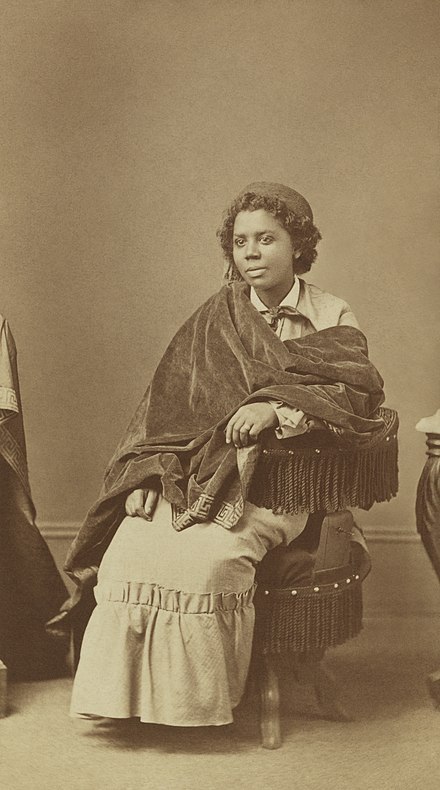
Edmonia was born in Upstate New York but she worked for most of her career in Rome, Italy. She was the first ever African American and Native American sculptor to achieve national and international fame, she began to gain prominence in the USA during the Civil Ware. She was the first black woman artist who has participated and has been recognized to any extent by the American artistic mainstream. She Also in on Molefi Kete Asante's list of 100 Greatest African Americans.
-Marie Gulliemine Benoist (French, 1768-1826)
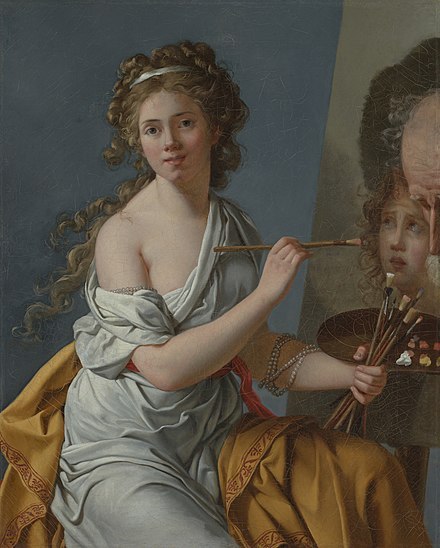
Daughter of a civil servant, Marie was A pupil of Jaques-Louis David, whose she shared the revolutionary ideas with, painting innovative works that have caused whose revolutionary ideals he shared, painting innovative works that caused discussion. She opened a school for young girl artists, but the marriage with the banker Benoist and the political career Of the husband had slowly had effect on her artistic career, forcing her to stop painting. Her most famous work is Potrait of Madeline, which six years before slavery was abolished, so that painting became a simbol for women's emancipation and black people's rights.
-Lavinia Fontana (Italian, 1552-1614)

She is remembered for being the first woman artist to paint an altarpiece and for painting the first female nude by a woman (Minerva in the act of dressing), commissioned by Scipione Borghese.
-Elisabetta Sirani. (Italian, 1698-1665)
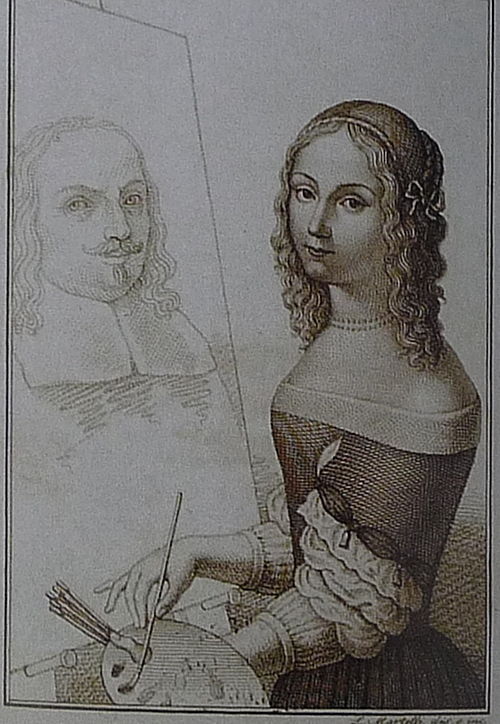
Her admirable artistic skills, that would vary from painting, drawing and engraving, permitted her, in 1660, to enter in the National Academy of S. Luca, making her work as s professor. After two years she replaced her father in his work of his Artistic workshop, turning it into an art schools for girls, becoming the first woman in Europe to have a girls' school of painting, like Artemisia Gentileschi, she represent female characters as strong and proud, mainly drawn from Greek and Roman stories. (ex. Timoclea Kills The Captain of Alexander the Great, 1659).
#judith leyster#artemisia gentileschi#Elisabeth Louise Vigèe Le Brun#Augusta Savage#Marie Ellenrieder#berthe morisot#Edmonia Lewis#Marie Gulliemine Benoist#Lavinia Fontana#Elisabetta Sirani#women artists#renaissance#baroque#art#women in art#artist women#feminism#women history#radical feminists do touch#radical feminists please interact#history#terfblr#terfsafe#cultura#culture
916 notes
·
View notes
Text

13 notes
·
View notes
Text
Who’s Bringing The Fire This Time
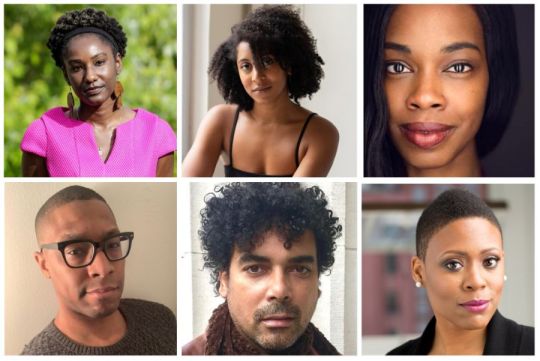
6 writers, 10-minute plays, a 4-night run, the 13th season: how this eminent New York festival celebrating Black dramatists has multiplied its impact.
BY BRITTANI SAMUEL
The Fire This Time Festival has a thing for historical touchstones. Its name is a contemporary riff on James Baldwin’s searing Civil Rights-era nonfiction collection The Fire Next Time. It was founded by executive producing director Kelley Nicole Girod in 2009, the year President Barack Obama was inaugurated our first Black commander-in-chief. And this summer, after COVID-induced cancellations of theatre festivals across the nation, FTTF makes its triumphant return in another season rife with political strife.
Mounting a new-play festival in the midst of widespread illness, political dissent, human rights protests, anti-police movements, and more may seem burdensome for other 10-minute play festivals, but it falls right in line with the purpose and precedent set by The Fire. Throughout the pause of the last two years, Girod’s mission has remained the same: to provide a space for early-career theatre writers of African and African American descent to write and produce the evocative material that burned in their hearts but rarely ended up among their playwriting submissions. For more than a decade now, the festival has been a playground for writers like Antoinette Nwandu, Jocelyn Bioh, Jordan E. Cooper, and other outspoken artists who push our stories forward.
The legacy continues this year with six dramatists from all parts of the country and all cultural corners of the African diaspora: Agyeiwaa Asante, Rachel Herron, Fedna Jacquet, Marcus Scott, Phillip Christian Smith, and Lisa Rosetta Strum. At the helm are Zhailon Levingston (Chicken and Biscuits) and Tracey Coyner Lee (Sistas: The Musical!), who return as co-directors. This week, July 7 to 10, a program of 10-minute plays by these writers will be presented by FRIGID NYC at the Kraine Theater, both in person and via live stream.
Earlier this year, before an Omicron variant surge briefly re-shuttered productions in New York, I spoke with the six scribes about what it takes to write fearlessly and with fire.
BRITTANI SAMUEL: Let’s go around the room. Tell me a little about your play and when you brought it into the world.
RACHEL HERRON: My play is called Red Red Wine and I wrote it at the beginning of the pandemic. It’s set on two Black women in the very specific world of wine; one of them is rising to the top as a master sommelier. I used to work in fine dining and love everything food and beverage, but you never see Black women in that space on film, television, anywhere. I always like to make things that aren’t necessarily about race, but since we’re seeing Black people in the space, it is educating and equalizing. It takes a turn, though; I tend to have a very dark sense of humor and think I’m quite motivated by stories of revenge. I wanted to also touch on topics like assault and violence and what it looks like when Black women refuse to take it anymore.
PHILIP CHRISTIAN SMITH: My play is called Mt. Sinai. I actually have multiple myeloma. At one point, I was sitting in my chemotherapy chair during the pandemic (I had the corner, which is the best room), and they sat an older Black woman about 70 years old in one chair and another older Black woman about 70 years old in the other. The two of them hit it off like gangbusters and had a conversation in front of me for three hours. I just knew that might make a good play. It reminded me of listening to my mother’s aunts when I was a little boy, so I thought: I’m gonna write something for them.
AGYEIWAA ASANTE: My play is called Wildest Dreams. I was literally scrolling on the internet during the pandemic and came across what I think was a Buzzfeed post about people who were getting married on plantations. I became really interested and started asking questions like, what does it mean to do that? How do we acknowledge the land we are on and what has happened on it? How do we make it better?
LISA ROSETTA STRUM: My play is called By the Way. I was on this long-standing Zoom call (remember those?) every Friday night with friends, and we encroached on some incredible territory about our lives, vulnerabilities, everything. It was a wonderful time for reflection and people were telling stories about friends who evolved into lovers, married people that were getting divorced. I was fascinated, thinking about what happens when two people don’t have any other place to go; they have to just deal with each other in ways they’ve never had to before.
FEDNA JACQUET: My play is Gurlfriend (Black Is Black) and this is definitely a pandemic play. My fiancee moved into my apartment and built me an office in the coat closet because everything was shut down. I locked myself in, and this was one of the first things I created. I have a fascination with home: What is it? What version of you meets home? When does that change? The home you thought of when you were five—is it still real? Even though it’s not current? Who’s allowed in? Who’s not?
MARCUS SCOTT: My play is Wookies in the Wilderness. Everything began for me around the time George Floyd and countless other taken lives were in the news; there were protests outside of my window. So when I sat down, a couple of things were going through my head: One, I was getting a bunch of calls from white colleagues suddenly asking, Is there anything I can do for you? I got tired of that quickly, and a little resentful. But two, I was getting phone calls from friends telling me I should get survivalist books and prepare as if we were entering a mini apocalypse. And I did. Then I sat down and wrote a play about Boy Scouts, because I was basically in survival mode.
BRITTANI: It’s fascinating to hear how you all arrived here. Marcus, let’s roll back to you. You credit George Floyd’s murder and the resulting protests as being the impetus to create the work. But why was the work right for this festival?
MARCUS: In quarantine, I was freed of the mindset of writing stories other people will “like.” Similar to Rachel, I have a very dark sense of humor; a lot of it skews twisted. Wookies in the Wilderness is actually part of what I’m calling my rage plays, these very angry stories I wrote in the span of about two months. I wanted to share a piece about the trauma I was feeling, in the case that others in the audience of this Black festival were feeling it too.
LISA: The Fire This Time has always been a place that has nurtured Black playwrights of diverse thought and ideas. The variety of voices here is unmatched; we are not a monolith. This company has always protected us so we can feel safe about the stories we have to tell.
BRITTANI: I know you have not started rehearsals as yet, but hopefully they will be another taste of the long, creative, collaborative careers you will lead in this industry. What are you most looking forward to?
FEDNA: The audience. Full stop. I was an actor at this festival years ago; this and the Classical Theatre of Harlem were my introductions to New York. I remember the energy the audience gave, they were so here for it—laughing, crying, just on the edge of their seats. Sometimes people come to festival shows to morph your work or critique it; people have all different kinds of motivations. But this specific audience wanted to hear what was new and who was fresh. People in our community come to have a good time and they show it.
AGYEIWAA: If I could have any other job in the theatre, it’d be a professional audience member. I can’t wait to be loud in the audience—it’s so much a part of the experience!
BRITTANI: By now we’ve cycled through many waves of a global pandemic and, I’d argue, a new wave of Black revolutionary thought when it comes to the theatre industry. Have you all taken a moment to think about the historical context in which you are presenting this work?
MARCUS: When I first came to New York a lot of institutions were talking about this idea of “post-Blackness,” largely because of Obama’s presidency. I’m excited that the six of us are coming in and repositioning that mirror. We’re speaking to the reality of what we saw on Jan. 6, not a “post-Black” fantasy.
FEDNA: There’s something about having a moving vehicle; that’s what the festival is. We are not in the same movement from the ’60s, the ’70s, or even the 2000s. And The Fire This Time catches us by always staying fresh, by committing to new voices every year. That’s what keeps the work relevant and why audiences keep coming back.
BRITTANI: One of the many joys of reading these plays is discovering how many of them intersect with queerness, nationality, class disparity, etc. When you’re writing, how much are you thinking about identity, representation, responsibility—all of the things that weigh a little heavier on Black artists?
MARCUS: I never feel pressure until I’m submitting, to be honest. I’ve seen countless plays by white authors, where it’s just them being white sitting on a couch. This is the festival that Katori Hall came from, Dominique Morisseau, Jordan E. Cooper. The only pressure I feel is to live up to their great work.
AGYEIWAA: I’ve always overthought this. When I was 12, I was like, “I don’t know what boys think.” I don’t know how to write boys! They’re these weird other creatures.
BRITTANI: You weren’t wrong.
AGYEIWAA: Not at all. And when you grow up Black in America, you’re steeped in African American culture. But I’m speaking to you from Ghana right now. I’m in my grandparents’ home. I have this direct relationship with my personal history, but also acknowledge the privilege of growing up around African American culture, and when I do decide to write African American voices, I’m careful with it. I never feel that just because I’m Black, I can tell every story well. I still have to be specific; there are intersections to acknowledge.
RACHEL: I want to be a disrupter and change everything on its head. I grew up in a predominantly white community doing horseback riding, playing the violin, all this stuff where I was the only one, right? I had a great time, but there was always a feeling of, well, I really am the only one and am representing something so much larger than myself just by being here. I didn’t sign up for that. I didn’t want that. I just wanted to be there because it was fun! But that tension is always there, whether it’s internal or happening in conversations around you.
BRITTANI: Lisa and Fedna, you’ve acted in this festival before. Many of you are multidisciplinary artists. Do you notice your other skills showing up on the page, and do you think they will come up in the rehearsal room?
LISA: I notice it when I’m writing, which I’m fairly new to professionally. I always ask, if I was the actor, would I actually want to do this? I think of movement and try to write as conversational as possible. I also think about whether or not I would sit and watch the show, and take it from there.
PHILLIP: I’m in graduate school again, right now. So I’m out here, collecting MFAs. If you’ve got an MFA for me, just put it in the chat! I’m the only actor in my class, so it’s great to flex those muscles. I hear you, Lisa, about the actor brain kind of coming in. It makes it easier to talk to your cast, get into their emotions and speak their language.
BRITTANI: What do you make of The Fire This Time Festival’s legacy, especially now that you’re a part of it?
RACHEL: It’s so important to showcase that all of our plays are different. Like Lisa said earlier, we are not a monolith. There does not have to be one slot for us; we can create stories that are nuanced and varied so give us the entire season! It will be different, yes, but the festival proves people will come to see it. I’m just ready. It’s our time and I feel like we should take it.
Brittani Samuel (she/her) is a NY-based writer, critic, and the co-editor of 3Views on Theater. Bylines can be found at places like Observer, Glamour, OkayAfrica, and InStyle. She can be found at BrittaniSamuel.com or on Instagram at @brittaniidiannee.
#TFTTF#The Fire This Time Festival#Black Playwrights#black theatre#Black Theater#Lisa Rosetta Strum#Phillip Christian Smith#Fedna Jacquet#Rachel Herron#Agyeiwaa Asante#Marcus Scott#MarcusScott#Write Marcus#WriteMarcus
0 notes
